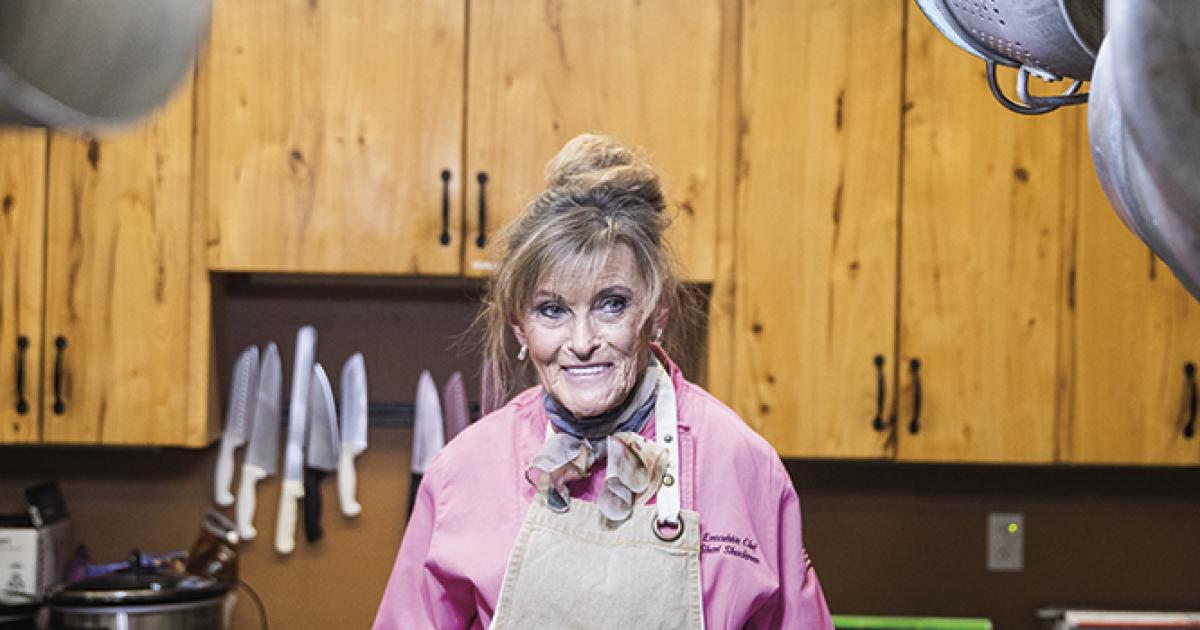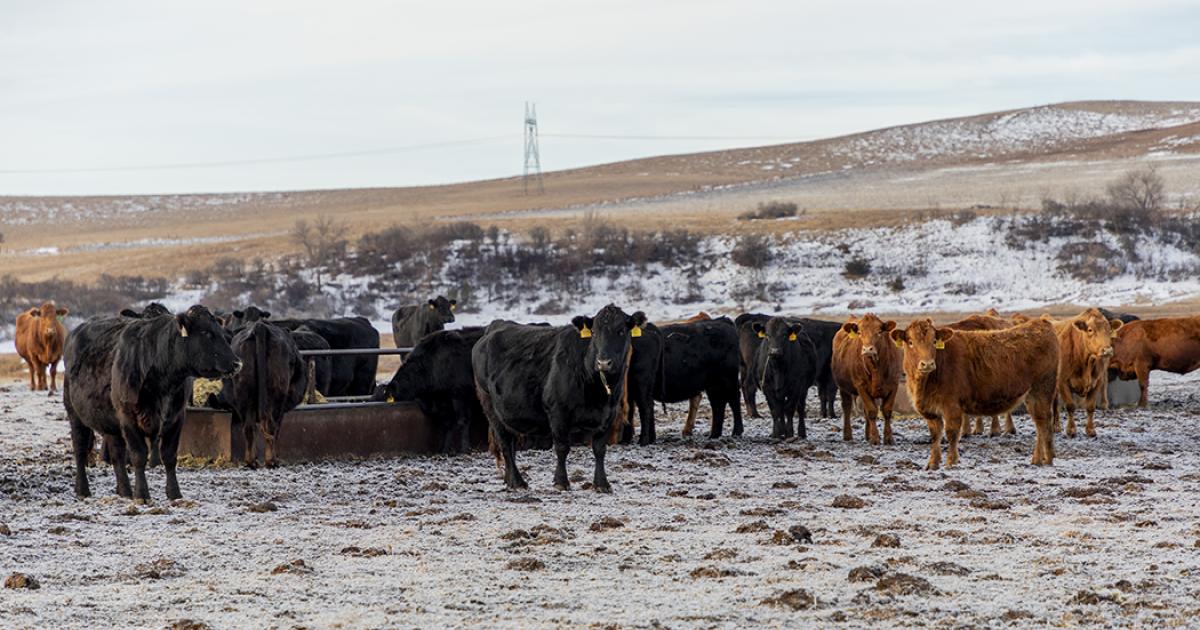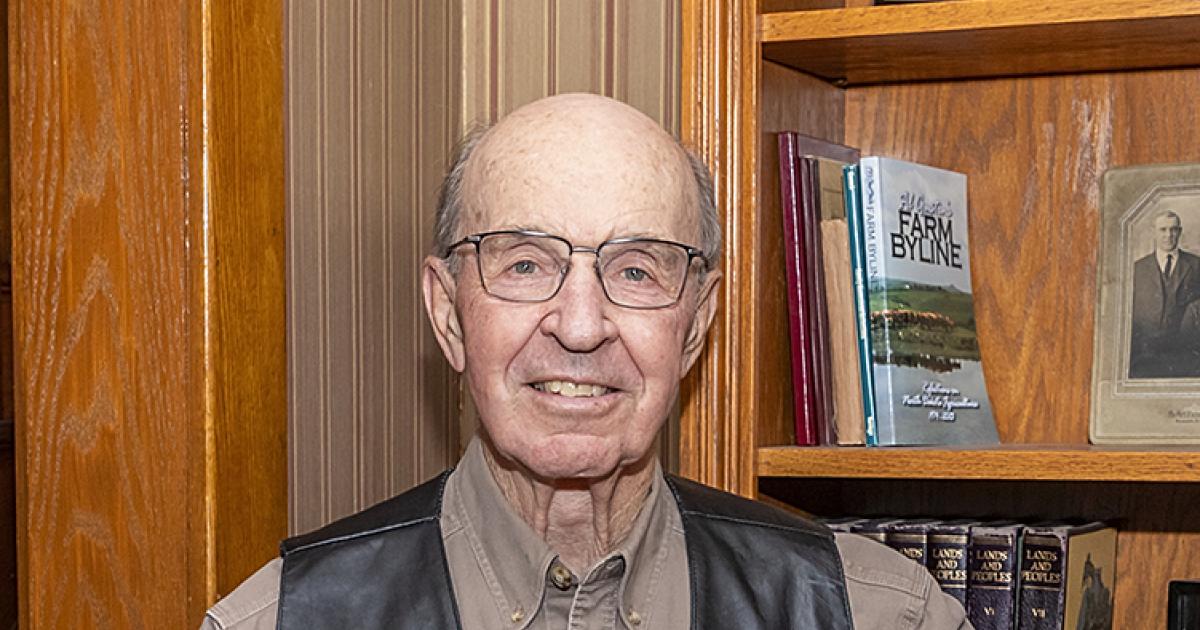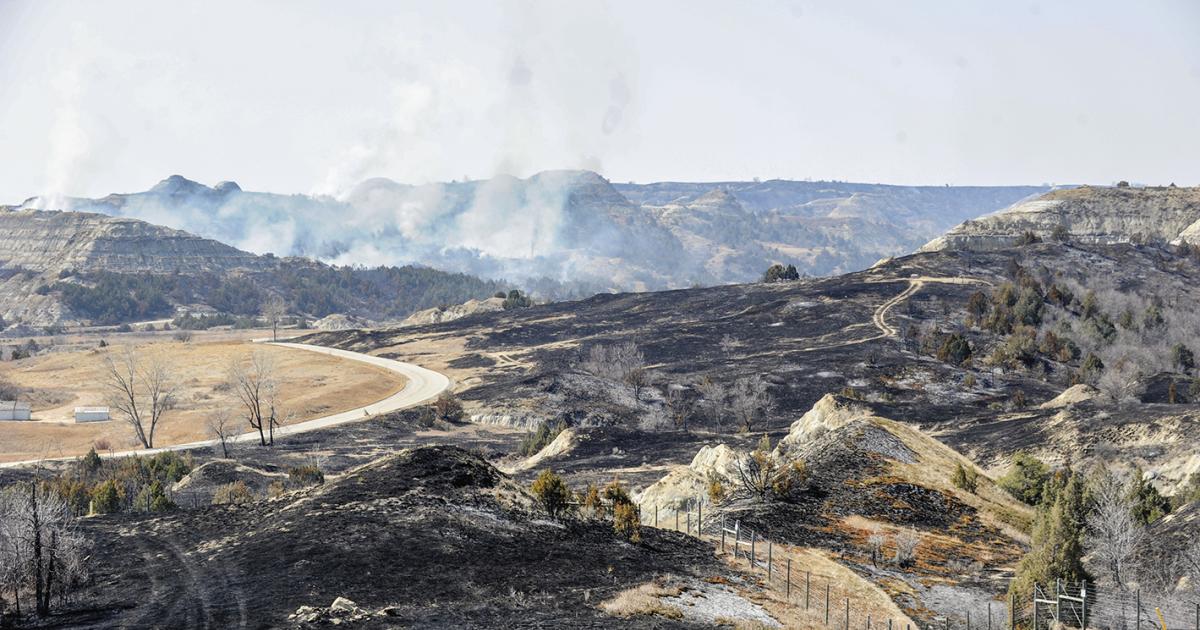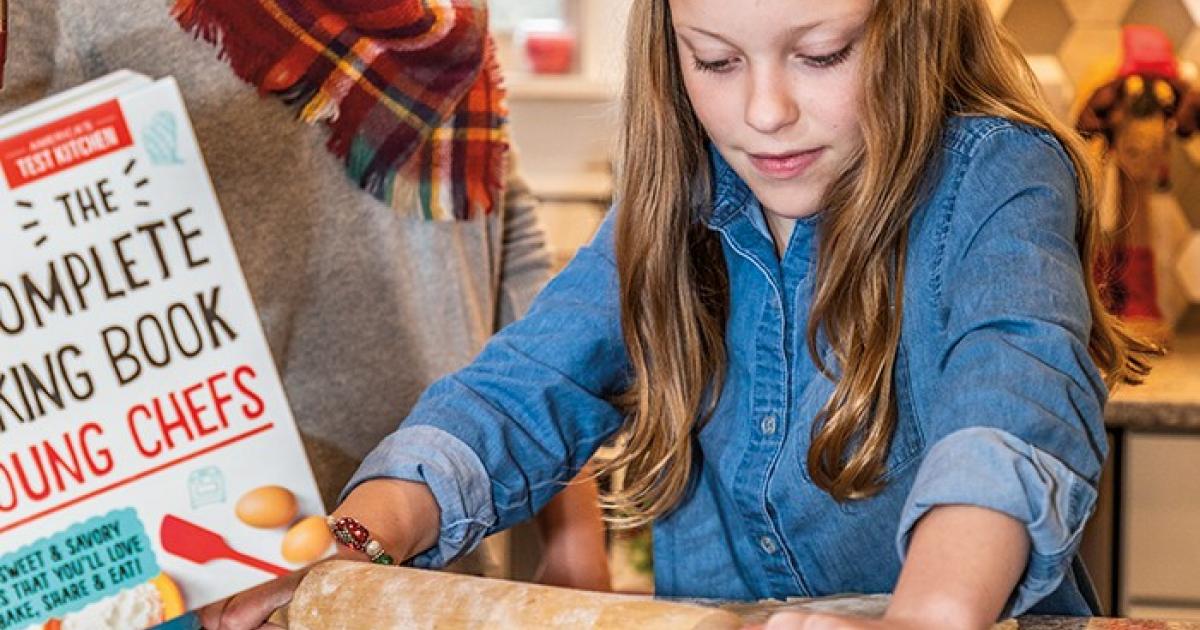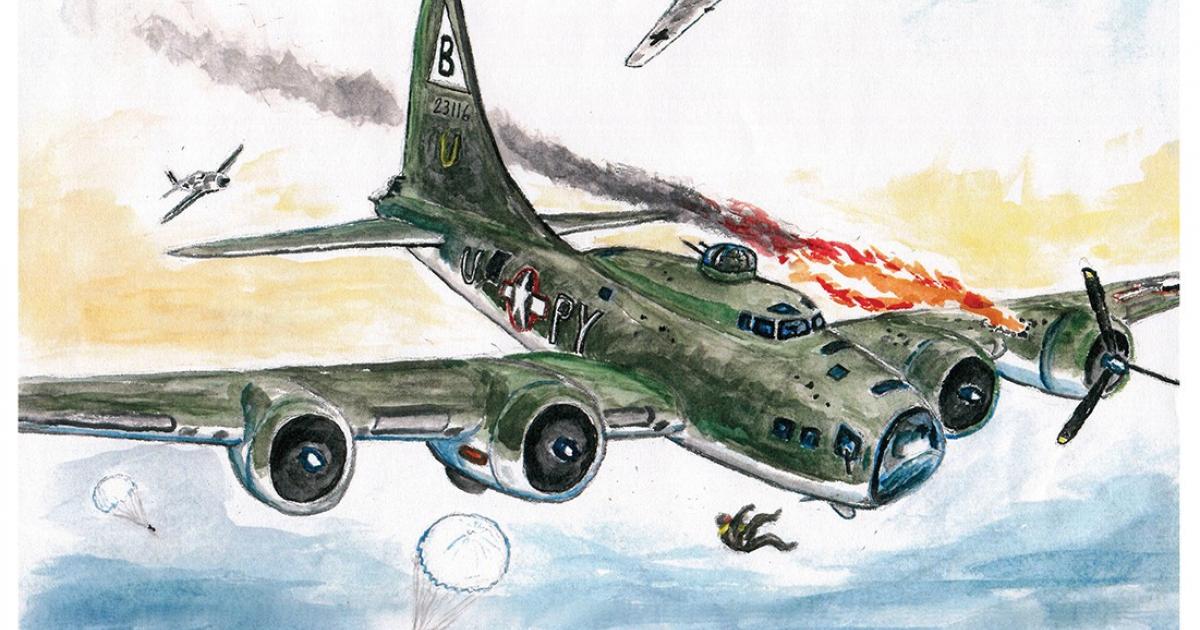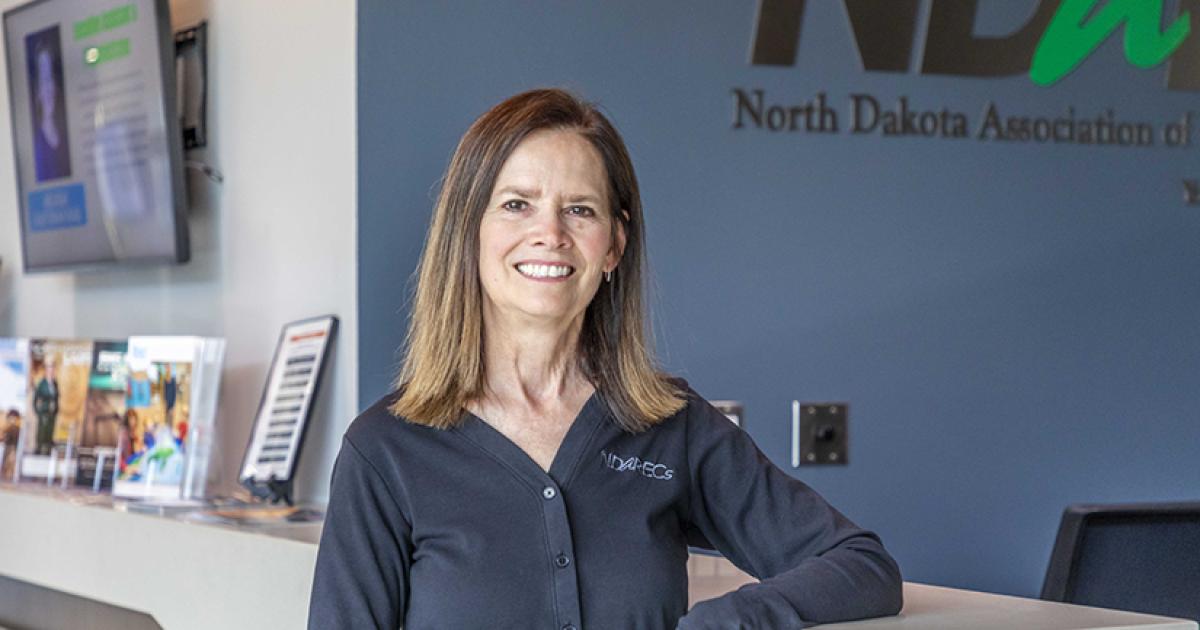The Muggli farm near Carson has entered an entirely new dimension. Inside the farm shop, a 3-D printer now quietly clicks and whirs, creating certain equipment parts. And Kurt Muggli, who graduated from Grant County High School last fall and is now farming full time with his family, even used the 3-D printer to construct a low-cost CNC plasma cutter.
Kurt Muggli peers through his CTC 3-D printer.
When brothers Kurt and Ryan Muggli decided to purchase a 3-D printer, they were looking more for entertainment than for function. The sons of Tim and Andrea Muggli purchased a low-budget CTC 3-D printer about four years ago.
“We thought it would be fun,” Kurt says. “We didn’t think there was that much practical purpose.” At first, they mostly printed fun items from www.thingiverse.com, where anyone can post their 3-D designs for download by others.
Three-dimensional printing is a process using a desktop printer that builds layers of filament to create a 3-D object, based on a digital model created with computer-aided design or CAD software.
The raw material, which is typically plastic filament, is fed into the printer, heated and extruded in a certain pattern to create a product. Those using 3-D printing technology can design a specific object, then print it. Or an existing product can be scanned with a 3-D scanner and replicated with a 3-D printer.
The technology has existed since the 1980s, but exploded into the consumer market when patents expired and makers began focusing on pricing the technology to affordability for everyone from engineers to hobbyists. Desktop printers now cost anywhere from $150 to $8,000.
The Muggli printer quickly found a niche on the farm, allowing them to design and print pieces they would not be able to find elsewhere.
The printer’s first farm application unexpectedly came during the spring, when the planter was being switched from corn to sunflower planting. During the disassembly, a plastic part that holds the metering system broke. After a phone call to a dealership, they discovered the quickest arrival would be in three days.
“I said I could design it so I spent about half an hour to 45 minutes designing it and it took 15 minutes to print, so an hour later, I actually had the part in hand,” Kurt says. The new technology’s application was noted by his dad, Kurt says.
“He was pretty amazed, actually. It was pretty interesting,” Kurt says.
The pin was used to seed about 2,000 acres of sunflowers and held through the season.
“At least we could keep going,” Kurt says.
Kurt used free online software, called 123D, to design the pin. Using online tutorials and with practice, he’s learned to design other basic objects and single parts.
“As long as you’re computer literate at least somewhat, I think you can get your way through it,” he says.
The printer itself is simple to use; it’s only had one glitch that Kurt had to troubleshoot. “One little bolt was loose and it was messing the whole printer up,” he says.
Using ABS filament for most of his farm-related printing due to its higher strength, Kurt has now designed and printed other items for the farm, including a simple sphere that is used on the tractor antenna to point out the next row. The family had used bouncy balls as part of their self-made guidance system, but the rubber would dry in the sun and break. The plastic parts have lasted longer, Kurt says.
Kurt also printed a bracket that holds two different sized hydraulic hoses on the planter, which is a part that doesn’t exist at the dealership.
“Some of the stuff you couldn’t even buy, it’s totally custom,” he says. “This is so eloquent. It fits perfect. There are always other ways to do things, but this was fast and simple.”
Printed parts are limited in size to the 4x4x6 printer bed. Filament lasts quite some time, as parts are typically honeycombed inside, rather than filled completely, for strength and to prevent warping during the print.
As Kurt became more accustomed to his 3-D printer, he discovered another use for it – cheaply printing a CNC plasma cutter for the farm.
During a high school STEM class, students were given time to complete a project of interest to them.
“I always wanted a CNC plasma cutter, but they are expensive and I couldn’t justify the cost,” he says, pointing out most cost approximately $10,000.
But then he saw a CNC plasma cutter online that had been designed for carving wood, and he decided to customize the online version to make his own.
A hand-plasma cutter is useful, Kurt says, “but when you combine it with a CNC machine, exponentially, you have a lot more uses and it’s much more accurate.”
The MPCNC, which stands for “mostly printed CNC,” needed to be customized for metal. Kurt went through two different designs. The first wasn’t ideal, he says, so he used the first version to create a better part for the second version.
Using his 3-D printer, Kurt printed 25-30 parts used in the framework and gantry, using an entire roll of filament over about a week of printing.
Some of the parts were 20-hour prints, so Kurt attached a backup power supply to the printer so it wouldn’t be interrupted by a power outage or blink.
“That was the largest I ever printed and I was a little skeptical,” he says.
Using online guides, he wired the electronics. Everything but the electronics, steel rails and bolts to assemble the cutter were created on his 3-D printer. So, he completed the 4x4 CNC plasma cutter for about $200.
So far, he’s used the CNC plasma cutter to drill odd-diameter holes in metal and to create an oddly shaped bracket for the sprayer.
For the sprayer boom bracket, he first made a pattern from cardboard from the old part, then took a photo of it. The photo was uploaded to the computer, where software traced the outline and created an image the plasma cutter could shape.
Kurt has uploaded a YouTube video showing his plasma cutter; find it by searching MPCNC plasma cutters.
“It’s rewarding to see how nice of parts you can design and create,” Kurt says of his foray into 3-D printing. “You can go from an idea to a drawing on a computer to an actual part. I enjoy just building things and figuring things out.”
(This story was reprinted with permission from Dakota Farmer magazine).
Luann Dart is a freelance writer and editor who lives in the Elgin area.



